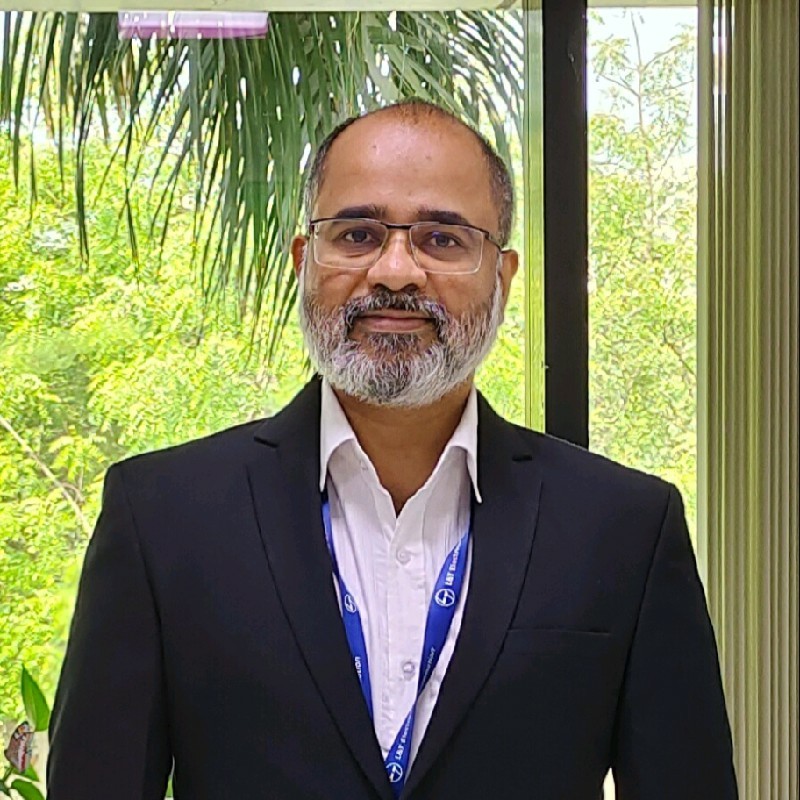
“Digital systems available in the market today are not built for tooling. They are designed for general manufacturing or other industries like construction”, says Anand Wankhede, Sr. General Manager – Schneider Electric India Pvt. Ltd
-By Neha Basudkar Ghate
What are the key internal challenges MSME toolmakers face in adopting new technology?
If you look at today’s small-scale MSME tool rooms, they usually run with just three or four key people who handle all the operations. The rest of the staff mainly work as labour. So while these few individuals are very good at running the tooling business, they are not always certified or trained in adopting new technologies. The real need is for a trained, educated, certified workforce that can understand and use modern digital tools and automation. Without that base, adoption is slow and uneven. Essentially, companies are being run by just a handful of do‑it‑all experts, which is neither scalable nor sustainable.
And what about external challenges — why is adopting digital technology so hard for toolmakers?
The truth is, digital systems available in the market today are not built for tooling. They are designed for general manufacturing or other industries like construction. For example, conventional project management software works on fixed principles that define the critical path at the start and then manage resources accordingly. That works in construction- if you want to lay a concrete slab in 10 days, you just add more workers and it gets done in 5 days.
But tooling doesn’t work that way. In toolmaking, the critical path keeps changing dynamically. You can’t suddenly double machines or manpower midstream. So these off‑the‑shelf project management tools fail miserably when applied to tool projects.
We’ve seen this first‑hand. In our own facility, we tried multiple standard software packages to use as project management tools, but they didn’t address our needs. So we had to build our own custom office systems, with graduates and postgraduates coding specifically for our operations. That’s really the way forward either develop your own software or customize at scale, because standard solutions will not work for toolmakers. And if you do get customization from external providers, it becomes prohibitively expensive.
What is the biggest misconception among toolmakers about skilled manpower?
One common response when I ask toolmakers about their biggest challenge is ‘We don’t have people’. But India has a huge population, so the real issue is not the number, but the skill itself. I often joke with them that you can’t expect a ready-made cake; you have to bake it yourself.
That’s exactly what my organization does. Our entire shop floor is managed by unskilled or even untutored girls, but the backend work planning, designing, coordination is done by highly educated people, like graduates and postgraduates. So we deploy intelligent minds in planning, and then deskilling in execution.
How does this approach challenge traditional mindsets around machinery and skilled operators?
Many toolmakers believe that if they invest in a ₹5 crore machine, they must have a highly skilled operator, or else the investment is wasted. Instead of chasing the perfect operator, we should build systems that empower ordinary workers to deliver extraordinary results. This mindset shift is crucial to building a scalable and efficient tooling business.
How does workforce stability and planning impact quality and lead times in your business?
In my business, we experience about a 50% turnover every year in the operational workforce, meaning half of the people leave and are replaced by new joiners. Interestingly, when I compare current operations with an earlier era of a skilled workforce, I find that quality has improved significantly, even though the current workforce is largely unskilled.
This improvement is largely because we minimize human intervention during execution through meticulous planning. Instead of rushing into work, we do thorough planning upfront — about 60% before raw materials arrive and then execute smoothly. When the execution phase is well planned, there are fewer stoppages and gaps, which reduces lead times dramatically.
This approach leads to faster delivery, higher quality products, and cost savings because there is less rework and fewer rejections. In essence, good planning combined with streamlined execution compensates for workforce turnover and skill gaps effectively.
How is technology like AI, IoT, and custom software transforming your tooling operations?
We have many examples from my own shop. Currently, we have about 7 VMCs (Vertical Machining Centers) running at one location and another 7 to 14 VMCs at a different site — all functioning without a CAM programmer. This is possible because we have developed our own AI-based CAM software. We simply input 3D models, and by the next day, the programs are ready. This is quite unique in the tooling industry, and I have had many ERP industry colleagues visit to learn from this approach. The AI implementation here isn’t new it started nearly 10 years ago.
We have also developed our own manufacturing execution software (MES) that captures real-time shop floor data and provides us and our customers with live visibility into shop load and project status. Customers can see the real-time progress remotely, which eliminates communication gaps or surprises.
We also fully utilize IoT, high-end CAD/CAM software, advanced machines, and computing infrastructure. The only missing piece is integration tying all these technologies seamlessly together. Once toolmakers begin integrating these systems fully, even in small or large ways, the benefits to productivity, quality, and transparency will be phenomenal.




COMMENTS